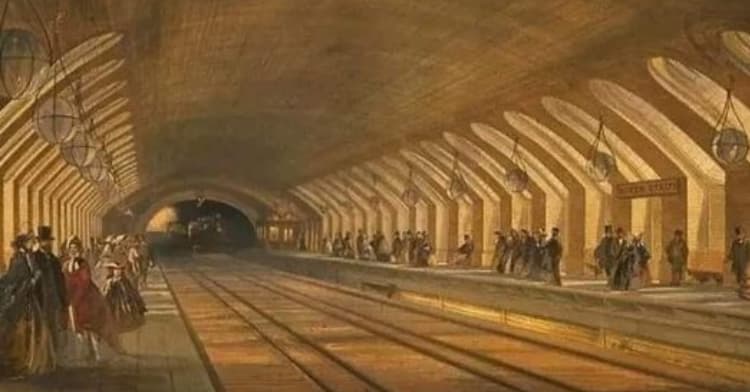The Roman Baths, constructed around 70AD, stand as a remarkable testament to ancient engineering and societal customs. Located in Bath, Somerset, this grand bathing complex was built atop Britain’s only hot spring, making it one of the best-preserved Roman remains globally. Bath itself holds the distinction of being a UNESCO World Heritage Site, with its entire cityscape steeped in historical significance. Today, the Roman Baths offer visitors a fascinating glimpse into the past, showcasing the ingenuity of Roman architecture and the cultural importance of communal bathing.

Why Visit the Roman Baths?
When exploring the Roman Baths and Bath city, don’t miss:
- The Roman Baths: Immerse yourself in the ancient world as you stroll through the meticulously preserved remains of the grand bathing and socializing complex, marveling at the engineering feats of the hypocaust heating system and the sacred Great Bath.
- Historical Significance: Step back in time as you learn about the Romans’ reverence for the hot springs of Aqua Sulis, their elaborate bathing rituals, and the spiritual significance of the Temple of Sulis Minerva.
- Cultural Exploration: Discover the societal importance of bathing in ancient Rome, from its role in promoting health and hygiene to its function as a social hub where individuals from all walks of life congregated.
- Archaeological Insights: Explore the artifacts and exhibits at the accompanying museum, housed within the former Temple of Sulis Minerva, offering a deeper understanding of Roman life and worship in Britain.
- Modern Amenities: Experience the therapeutic benefits of natural hot springs at the nearby Thermae Bath Spa, where you can relax and rejuvenate in the healing waters, continuing a tradition dating back millennia.











FAQs about the Roman Baths:
- What was the significance of the Roman Baths in ancient times?
The Roman Baths served as a multifunctional complex, offering not only bathing facilities but also social spaces, religious sanctuaries, and venues for leisure and entertainment. - How were the Roman Baths heated?
The Roman Baths utilized a sophisticated heating system known as a hypocaust, which circulated heated air through hollow pipes beneath the floors and walls, creating a comfortably warm environment for patrons. - What role did bathing play in Roman society?
Bathing held immense cultural and social significance in Roman society, with experts prescribing various types of baths for health and wellness. Additionally, the bathhouse served as a communal gathering place for socializing and networking. - Why did the Romans equate the hot springs of Bath with the goddess Sulis?
Prior to the Roman occupation, the Celts revered the hot springs of Bath as sacred to the goddess Sulis. The Romans adopted this belief, associating Sulis with their own deity, Minerva, and thus named the town Aqua Sulis. - What led to the closure of the Roman Baths for bathing?
Tragically, the Roman Baths were closed for bathing in 1978 following a fatal case of naegleriasis contracted by a young girl swimming in the restored bath. The presence of Neagleria fowleri, a deadly pathogen, in the water necessitated the closure, leading to alternative bathing facilities such as the Thermae Bath Spa.
Exploring Beyond the Baths:
While in Bath, don’t miss:
- Georgian Architecture: Marvel at the exquisite Georgian architecture of Bath, including iconic landmarks like the Royal Crescent and the Circus, offering a glimpse into the city’s elegant past.
- Prior Park: Explore the picturesque landscapes of Prior Park, home to a stunning Palladian bridge designed by local entrepreneur Ralph Allen, nestled amidst sweeping vistas of the Somerset countryside.
- Somerset Countryside: Venture beyond the city limits to discover the scenic beauty of the Somerset countryside, with its rolling hills, quaint villages, and idyllic landscapes waiting to be explored.
Whether delving into the ancient marvels of the Roman Baths or immersing oneself in the timeless charm of Bath city and its surroundings, a visit to this historic region promises an unforgettable journey through time and culture.

